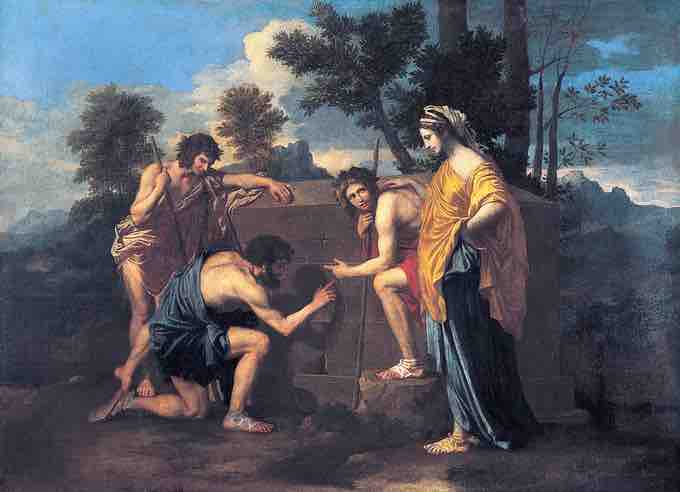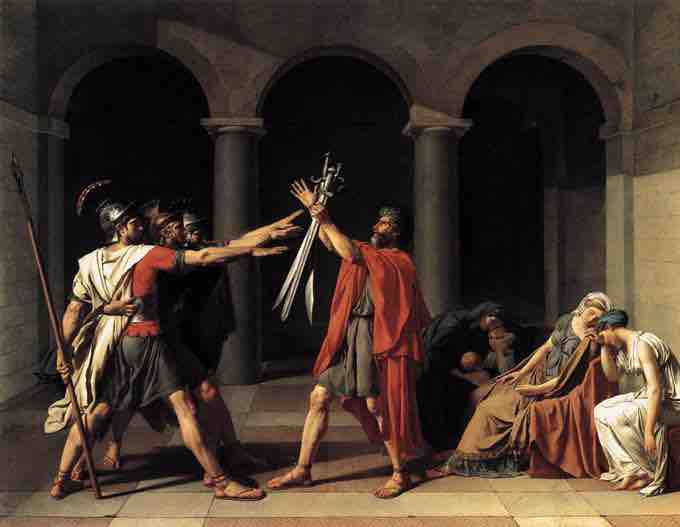The Enlightenment, also known as the Age of Reason, was a movement that began during the 18th century in Europe and the American colonies. The key figures of the movement sought to reform society using the power of reason. Started by the preeminent philosophers of the day, the Enlightenment era lasted from about 1650 to 1800, promoting science, reason and intellectual exchange. The idea of advancing knowledge through reason emerged in response to new technology and the ability to exchange information easily thanks to mass printing, and also out of a backlash against previous systems, which valued the church and tradition above all else. The authority of science and empirical thought increasingly displaced religious authority, and the disciplines of alchemy and astrology lost credibility, leaving the more easily confirmed chemistry and astronomy. Scientific thought became more and more developed. The Enlightenment has long been hailed as the foundation of modern Western political and intellectual culture.
The Enlightenment encouraged criticism of the corruption of Louis XVI and the aristocracy in France, leading to the beginning of the French Revolution in 1789. In 1792, Louis XVI and his wife, Marie Antoinette, were beheaded along with thousands of other aristocrats believed to be loyal to the monarchy.
Art During the Enlightenment
Previous to the Enlightenment, the dominant artistic style was Rococo. When the Enlightenment and its new ideals took hold, Rococo was condemned for being immoral, indecent and indulgent, and a new kind of instructive art was called for, which became known as Neoclassicism. In opposition to the frivolous sensuality of Rococo painters like Jean-Honoré Fragonard and François Boucher, the Neoclassicists looked to the artist Nicolas Poussin for their inspiration. Poussin's work favors line over color and predominantly features clarity, logic, and order. His work served as an alternative to the dominant Baroque style of the 17th century. Poussin was the major inspiration for such classically oriented artists as Jacques-Louis David, Jean-Auguste-Dominique Ingres, and Paul Cézanne.

Et in Arcadia Ergo, by Nicholas Poussin, c. 1630s
Poussin came to define Neoclassical artwork with work that favored line over color and a rather stark lack of frivolity.
The Neoclassical Style
Neoclassicism is characterized by clarity of form, sober colors, shallow space, and strong horizontals. Its verticals render the subject matter timeless, instead of temporal, as in the dynamic Baroque works, and depicts classical subject matter—or classicizes contemporary subject matter. Neoclassicists believed that strong drawing was rational, and therefore morally superior, and that art should be cerebral, not sensual.
The Neoclassicists wanted to express rationality and sobriety that was fitting for their times. Artists like David supported the rebels in the French Revolution through an art that asked for clear-headed thinking, self-sacrifice to the State (as in Oath of the Horatii), and an austerity reminiscent of Republican Rome .

Oath of the Horatii, by Jacques-Louis David, 1784
David was an extremely influential figure in the Neoclassical movement. His strong use of line, balance and geometry suited the movement's ideals of order and austerity.
Neoclassicism was strongest in architecture, sculpture, and the decorative arts, where classical models in the same medium were relatively numerous and accessible. Rococo architecture emphasizes grace, ornamentation, and asymmetry; Neoclassical architecture is based on the principles of simplicity and symmetry, which were seen as virtues in the arts of Rome and Ancient Greece, and were more immediately drawn from 16th century Renaissance Classicism.